When scientists first began to talk about climate change lots of people thought it would be great. They imagined longer hotter summers and less rain to get in the way of fun outdoor activities. However, we have come to realise that climate change will bring extremely damaging weather. This can lead to loss of life or property and damage to ecosystems.
Gardens in Britain occupy over 10 million acres of land. If we all make small changes to our gardens our combined efforts will have a huge impact. Whatever the weather has in store for us, we need to be prepared for climate change and work together to mitigate its effects. We can make changes to our gardens that will not only help to prepare for the extremes of climate change but will help towards reducing its damaging effects. Here are some ideas to get you started:
Reduce flood risk
Using a porous surface such as bound gravel instead of tarmac, concrete or patio slabs allows water to soak into the ground. This reduces run-off which can overwhelm drainage systems. If you live in a wetter area or on clay soil, create swales through your garden to encourage water to soak into the ground or steer excess water to a pond. Think of a swale as being like a dry stream bed. Installing raised beds will help to hold your plants above the water table to protect them. Capture as much water as possible from downpipes. Multiple water butts can be connected together or install a large storage tank if you have the space.
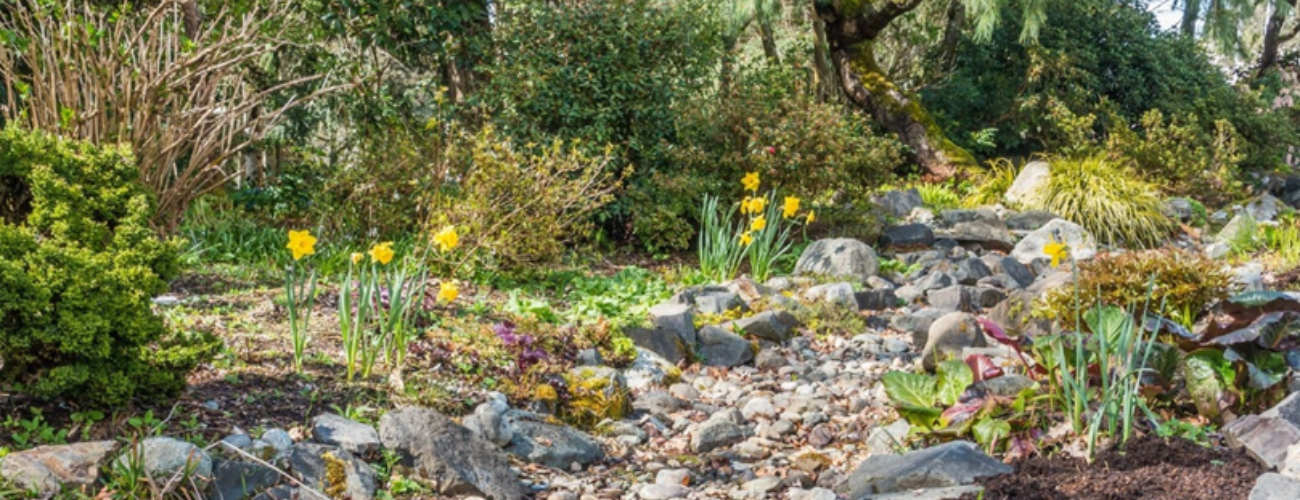
Turn down the heat
Expanses of hard surfaces in a heat wave increase the temperature of your home, garden and surrounding area. Greening the space with live plants will reduce this heat. Deciduous trees and shrubs are great for providing summer shade but they let light through in winter after leaf fall.
Research has shown* that ivy can reduce heat both outside and inside the home by up to 7°C in summer. This reduces the need for air conditioning.
In winter the relative humidity inside a building can be a problem, leading to damp or mould. Climbing plants act as insulation and reduce the humidity inside the building. Walls should be sound before growing self-clinging climbers. If growing twining climbers such as clematis make sure the supports are strong and securely attached to the wall or fence.
*Research also shows that ivy keeps buildings cooler and reduces damp levels – find out more.

Rethink your lawn
Warmer winters mean lawns will require mowing all year round in some places. Yet in many of the dryer counties they will become dust bowls every summer. Meadows are more resilient and provide much needed nectar rich habit for wildlife, and they only require cutting a few times a year. Or turn lawns over to low-maintenance shrubberies which are not only less work but more beneficial for wildlife too.
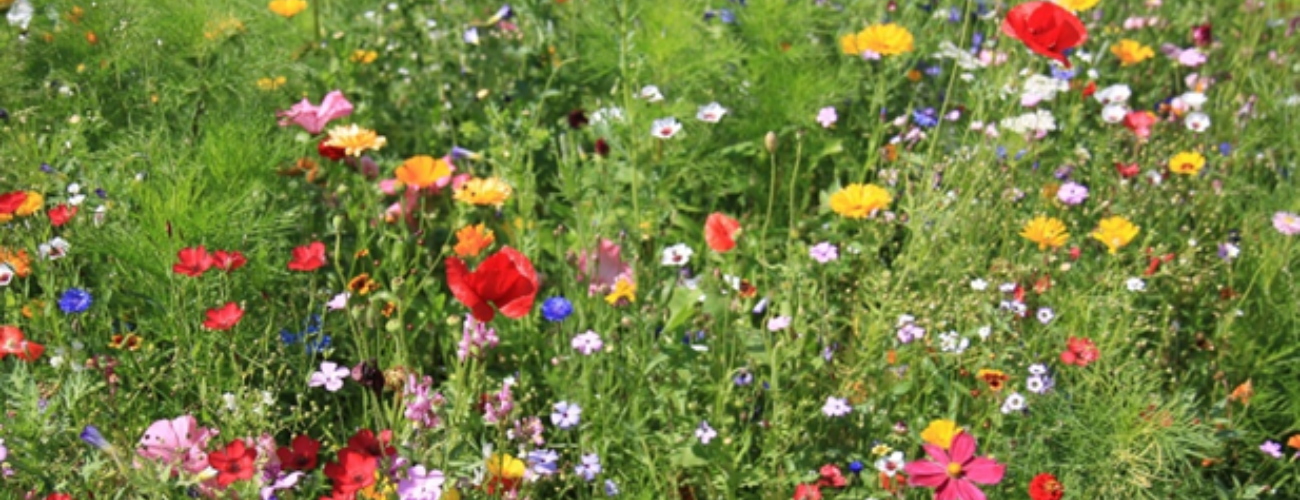
Replace fencing with hedging
Fences are prone to damage in storms because they form a solid barrier. Hedges filter the wind and reduce its damaging effects. They also absorb CO2, provide shelter for wildlife, nesting opportunities for birds and can reduce pollution, if you live near a busy road.
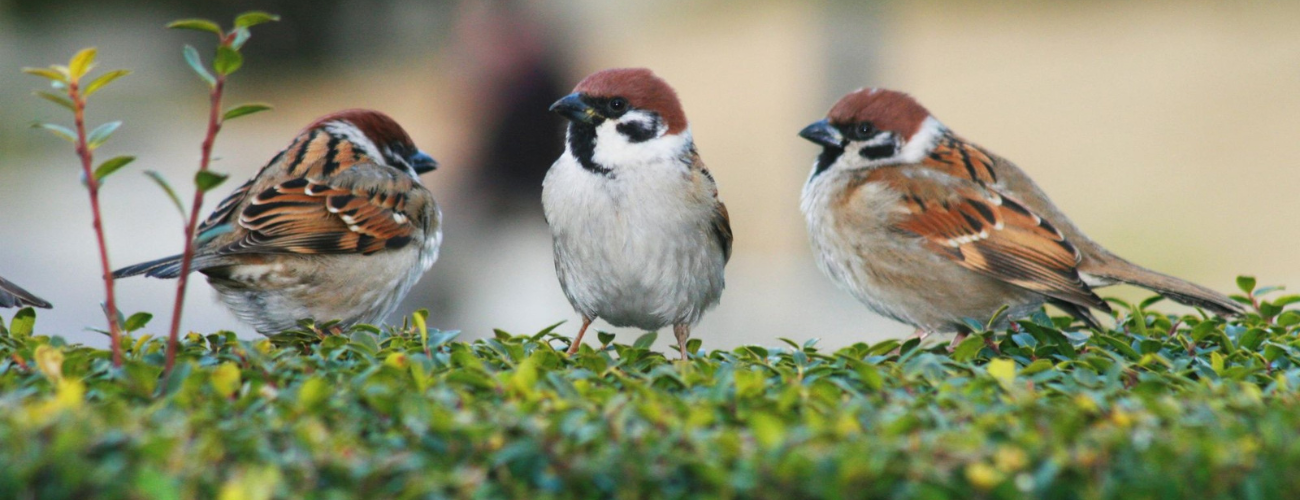
Choose the right plants for your garden
Research a plant before you buy it to check it is right for your situation. There are many drought tolerant plants and others suited for wetter conditions. Choose wisely and your plants will thrive. Thriving plants are better than weak plants at locking up carbon dioxide from the atmosphere and provide more substantial habitats for wildlife.
Water wisely
Never water a lawn unless it is newly laid or sown. It will bounce back from drought very quickly. Water new shrubs and trees for the first year or two until established. It is better to water plants with more water but less often. Soaking the ground to a good depth will draw plant roots deeper into the soil. If you water a little every day, the water will never penetrate the surface layer of soil. This will lead to plants having shallow roots which are more susceptible to drought. Water plants in pots carefully. In dry spells put a saucer underneath to capture run-off, but in winter prop them up on feet to allow good drainage.
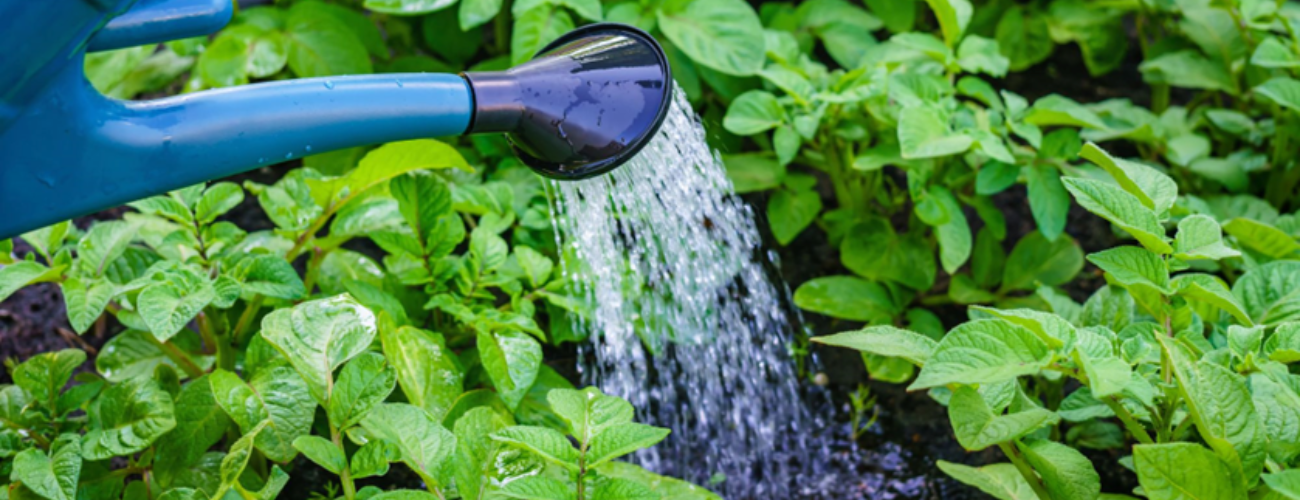
Compost your garden and kitchen waste
Use homemade compost as free mulch for your beds and borders. This adds nutrients to your soil, reducing the need for bought in fertilisers, and helps the soil retain water during dry spells.
Mulch – don’t dig
Digging releases CO2 and disrupts soil structure. Mulching your soil mimics what happens in woodlands and helps soils to stay healthy and retain moisture. Mulching also helps to prevent weeds and retain water. This will reduce your workload, allowing you time to put your feet up and relax in your garden. Only dig if you are preparing a new bed or border or renovating one which has become compacted. Prevent compaction by not walking on your soil.
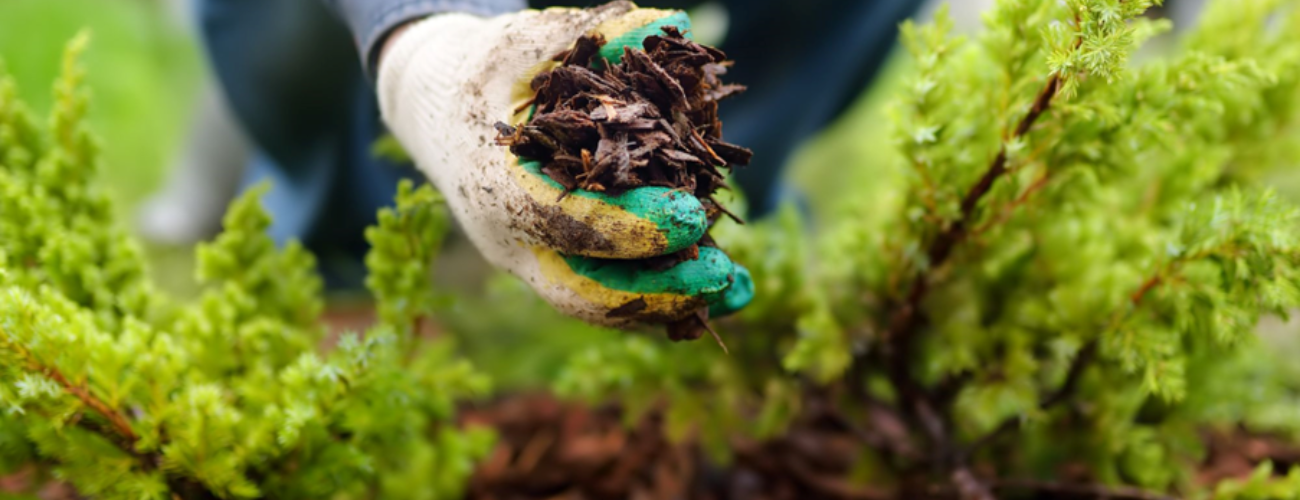
Keep slopes planted
By covering every inch of a slope with plants you will help prevent heavy rain from washing the soil away. It will also suppress weeds. There are many beautiful evergreen ground covering plants suitable for slopes as well as shrubs and perennials.
Grow your own veg
Join the grow-your-own revolution! Runner beans, courgettes and potatoes are easy ones to start with. It is so satisfying to pop into the garden to pick salads, vegetables or herbs for an instant meal. They taste so much better than shop bought, and you will know they have been grown without chemicals. It will reduce CO2 and pollutants created by transporting foods long distances.
Click here to read our blog on ‘Growing Fruit and Veg on a Limited Budget’.
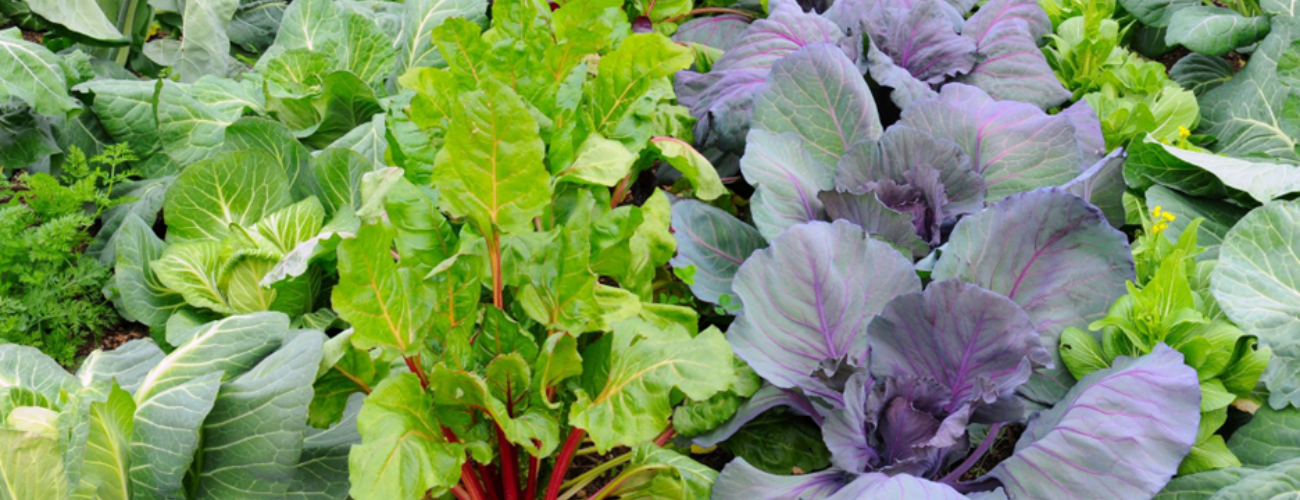
Encourage wildlife
The most beneficial change you can make for wildlife is to create a pond in your garden. Even a small one in a bowl or old sink will attract a diverse array of creatures. Make sure that small animals can get out if they happen to fall in. Make friends with all forms of wildlife. Many mini-beasts eat pests, and some larger animals will help to keep the slug population down. Be tolerant and don’t reach for the chemical sprays. If you spray bug killers you will kill the good bugs that eat the pests. Most aphids (greenfly) are born pregnant and will multiply much faster than ladybirds who need an egg and larval stage. This creates an even bigger pest problem than you started with. Not only that, if you kill lots of bugs and slugs, the birds and hedgehogs will go hungry. A simple log pile in a shady corner will provide shelter for mini-beasts, hedgehogs and slow worms.
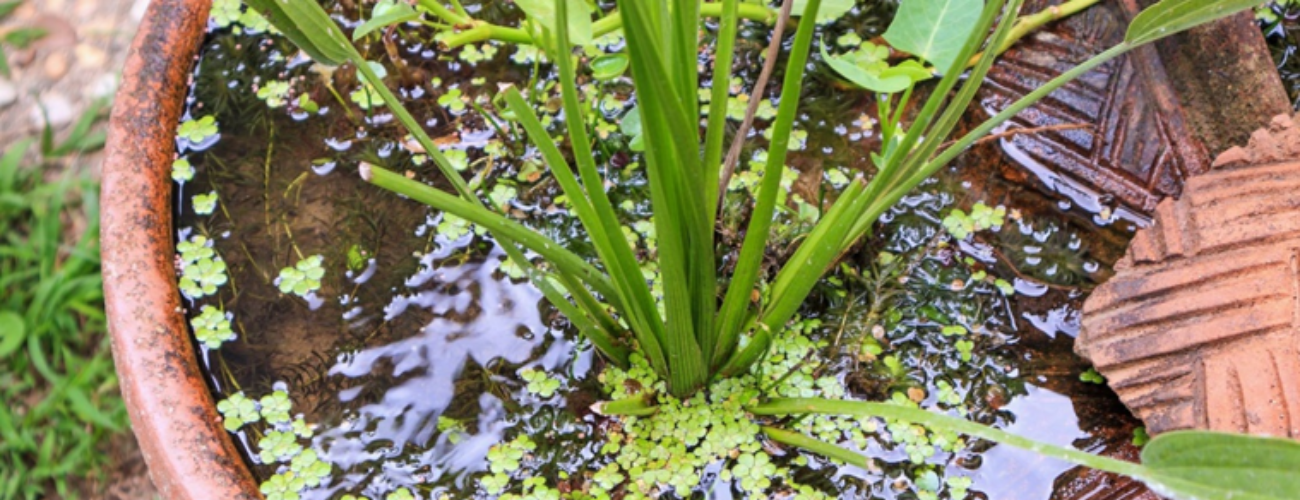
By our resident horticultural expert











